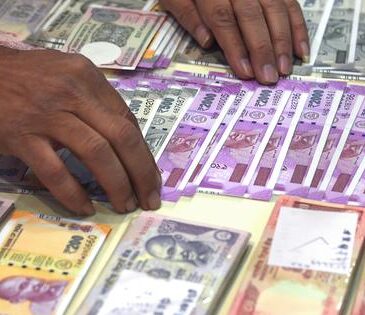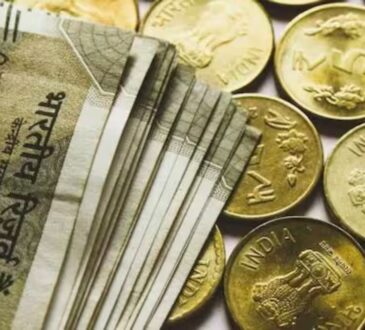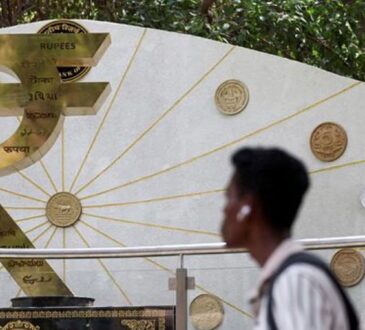SINGAPORE – Asian currencies rallied on May 5, spurred by hopes of a thaw in the US-China trade war and regional tariff deals with the Trump administration.
Bloomberg’s gauge of Asian currencies hit a six-month-high, with Taiwan’s dollar soaring 2.7 per cent, the most since 1988. Meanwhile, Malaysia’s ringgit advanced 1.3 per cent to its strongest since October 2024, while South Korea’s won also strengthened by 1.3 per cent.
Singapore’s currency was up 0.6 per cent to 1.292 per US dollar as at 12.07pm local time. This brought its advance to date in 2025 to 5.3 per cent.
The Japanese yen rose 0.6 per cent against the US currency, while the Australian dollar was up 0.5 per cent.
The rally in regional stocks and currencies comes after US President Donald Trump suggested the US may strike trade deals with some countries as soon as this week, offering the prospect of relief for trading partners.
“A lot of people are thinking we’ve moved on from the tariff escalation phase to the de-escalation phase and likely the negotiation phase as well,” said Ms Joey Chew, head of Asia forex research at HSBC Holdings.
Given that Asian economies are very export focused, “what we’re seeing in recent weeks is FX (foreign exchange) hedging flows rather than asset reallocation flows”.
While the stiff tariffs announced by the Trump administration in early April roiled financial markets, they have since steadied amid signs that talks with Asian nations are progressing and trade tensions between China and the US are thawing.
The Taiwan dollar rallied for a sixth session, after the government said on May 3 that it had conducted first-round talks with the US, without revealing further details.
A central bank official, speaking to Reuters on condition of anonymity, said they had intervened on the morning of May 5 to provide liquidity.
“The Taiwan dollar is appreciating at a faster pace than I’ve ever seen. Hot money is coming into Taiwan, and the central bank is allowing it,” one senior Taiwanese financial industry executive, speaking on condition of anonymity as they were not authorised to speak to the media, told Reuters.
The soaring Taiwan dollar has also stoked speculation that some Asian countries were prepared to strengthen their currencies to win US trade concessions. But Taiwan’s central bank said on May 5 that the US had not requested the Taiwan dollar’s appreciation and that the bank would continue to maintain the dollar’s dynamic stability.
Elsewhere, the Hong Kong Monetary Authority recently responded to weakness in the greenback by buying a record amount of dollars to defend its currency peg.
Last week, speculative traders became more bearish on the dollar than at any time since September 2024, in a sign of growing reluctance among investors to hold US assets.
Asian currencies, including the yen and yuan, are benefiting from a combination of repatriation buying and as alternative investments amid the “sell America” wave.
The strategy appeared to remain intact even as both Beijing and Washington seemed to be softening their stance on the trade war, with the former saying it is evaluating the possibility of talks with the US.
Buying of Asian currencies had intensified on May 2 on expectations that trade relations between the world’s top two economies might finally improve. That was because the Chinese Commerce Ministry said it had noted senior US officials repeatedly expressing their willingness to talk to Beijing about tariffs.
Looking ahead, Wall Street still expects concern over the dollar to persist despite the May 2 stronger-than-expected US jobs data. The employment report was “a reflection of what might have been, rather than a sign of what will be”, Goldman Sachs said.
“We are bearish on the dollar as the US yield curve bull-steepens and investors continue to hedge US investments,” Morgan Stanley strategists led by Mr David S. Adams wrote in a note. The firm is bullish on the euro and yen. BLOOMBERG
Join ST’s Telegram channel and get the latest breaking news delivered to you.




